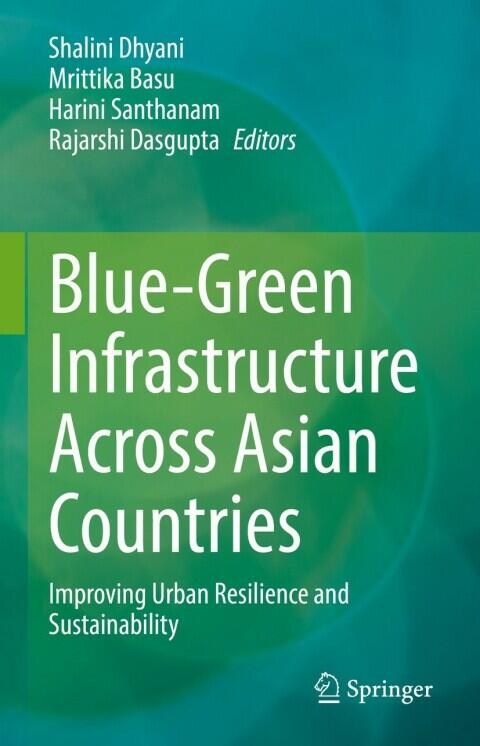
Blue-Green Infrastructure Across Asian Countries: Improving Urban Resilience and Sustainability
작성자
Matthew P. Fox; Richard F. MacLehose; Timothy L. Lash
아직 평점이 없습니다
Science & Technology
Health & Wellness
형식
킨들
페이지
858
언어
중국어
출판됨
Jan 1, 2022
출판사
Springer
판
2
ISBN-10
9811671281
ISBN-13
9789811671289
설명
In an era where urban areas face the dual challenges of climate change and rapid population growth, the concept of Blue-Green Infrastructure emerges as a beacon of hope. This edited volume delves deep into the development and application of BGI across various Asian countries, showcasing its significance in enhancing urban resilience and sustainability. The authors, recognized experts in their fields, provide a comprehensive analysis that stretches from theoretical foundations to practical case studies, offering readers a well-rounded understanding of the subject.
By examining novel approaches to integrating natural and built environments, the book emphasizes the transformative power of water and greenery in urban landscapes. It explores how BGI can mitigate flooding, improve air quality, and foster biodiversity, while also addressing socio-economic disparities in urban settings. Each chapter contributes to a broader narrative of how cities can evolve into more adaptive and thriving ecosystems.
Contributions from a range of disciplines ensure a multifaceted perspective, capturing the complexities inherent in urban planning and environmental management. The authors present both successes and challenges faced by various municipalities, underscoring the importance of local context in the implementation of BGI initiatives.
This timely work serves as a vital resource for urban planners, policymakers, and academics alike, providing both inspiration and practical guidance. By illuminating the pathways to greener, more resilient cities, it advocates for a future where urban environments harmoniously coexist with natural systems.
By examining novel approaches to integrating natural and built environments, the book emphasizes the transformative power of water and greenery in urban landscapes. It explores how BGI can mitigate flooding, improve air quality, and foster biodiversity, while also addressing socio-economic disparities in urban settings. Each chapter contributes to a broader narrative of how cities can evolve into more adaptive and thriving ecosystems.
Contributions from a range of disciplines ensure a multifaceted perspective, capturing the complexities inherent in urban planning and environmental management. The authors present both successes and challenges faced by various municipalities, underscoring the importance of local context in the implementation of BGI initiatives.
This timely work serves as a vital resource for urban planners, policymakers, and academics alike, providing both inspiration and practical guidance. By illuminating the pathways to greener, more resilient cities, it advocates for a future where urban environments harmoniously coexist with natural systems.



















